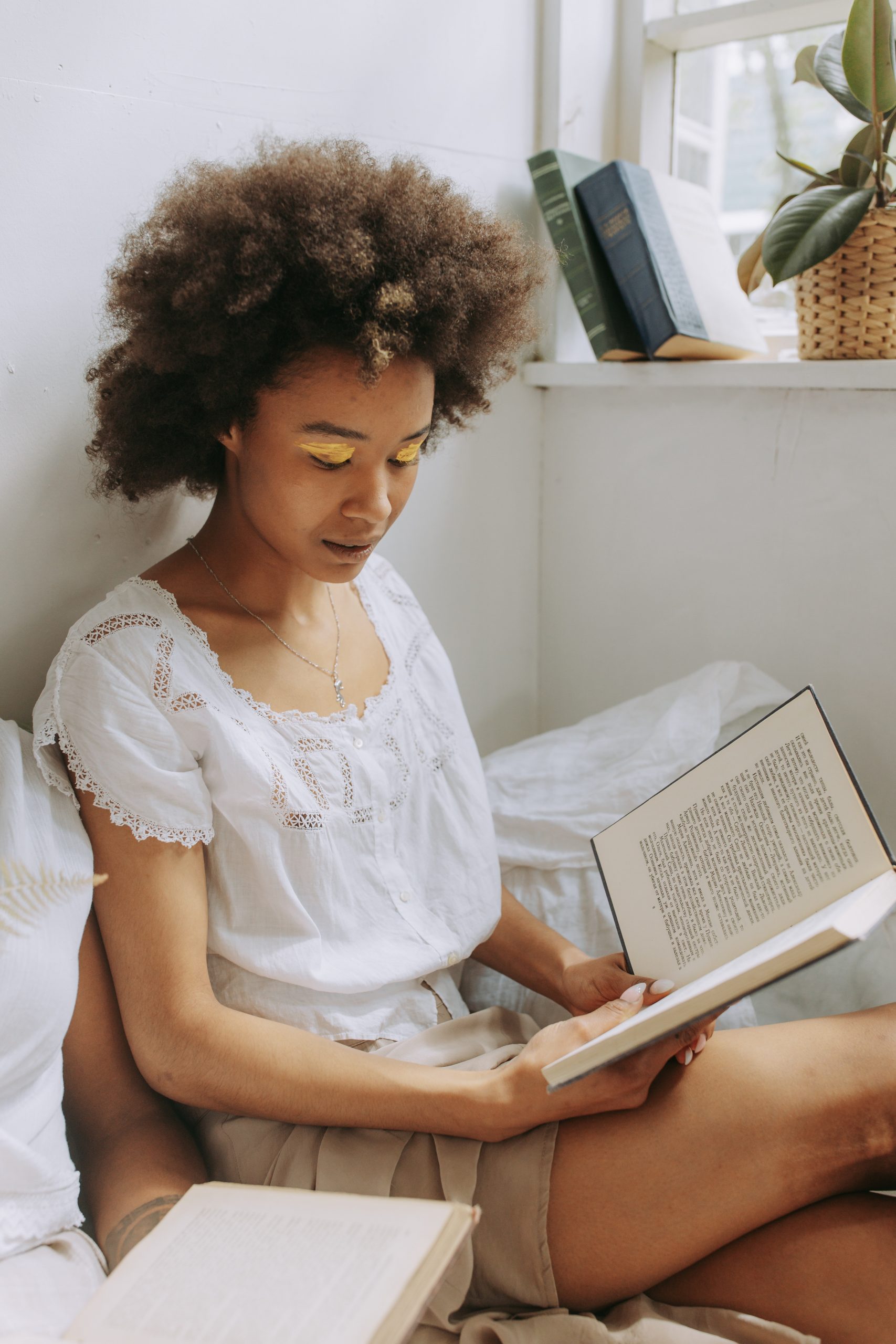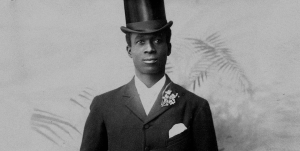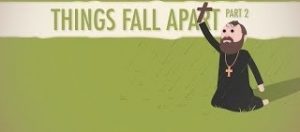A Story of Courage and Resilience
Early Life and Enslavement
Mary Prince was born in Bermuda in 1788, to parents who were enslaved. Not long after her birth, Mary and her mother, Sarah, were sold to a Mr. Captain Darrel Williams.
Williams gave Mary as a gift to his granddaughter, while Sarah was given to Williams’ daughter to work as a domestic servant. Mary recalls that when she was a child in the Williams’ household, it was “the happiest period of my life,” but adds that this was because “I was too young to understand rightly my condition as an enslaved person.”
Sold and Abused
After being used as a plaything to Betsy Williams, around the year 1800, Mary, aged 12 was sold for £38 sterling to Captain John Ingham. To make matters even worse, Ingham and his wife were cruel and abusive masters.
After enduring a period of painful abuse, Mary fled and found her mother. Her mother hid Mary in a cave for some time. But was unfortunately forced to return Mary back to the Ingham’s after a few months.
Turks Island
Mary was forced to stay with the Ingham’s for five more years, then was sold onto a new master who moved her to Turks Island. Along with other enslaved people, Mary was forced to extract salt from the sea.
At age 17, Mary had been through so much already, and all of the hardship she had been through started to take its toll. She was plagued with rheumatism.
Bermuda and Antigua
In 1810, her then owner left the business of salt mining and moved to Bermuda, taking Mary with him. Although Mary’s tasks lightened, her hardship didn’t, and she suffered all kinds of abuse from her owners.
In 1816, Mary was moved onto a new set of owners, Mr. and Mrs. John Wood, to work as a domestic servant in Antigua. These owners did not let up, and Mrs. Woods put Mary to work on further arduous tasks.
Finding Freedom
A few years after arriving in Antigua, Mary joined the Moravian congregation, where she learned how to read and write. In 1826, Mary married a free man, Daniel James. After hearing of the wedding, Mary’s owners were furious to learn that Mary had wed without their permission.
A couple of years after her marriage, Mary accompanied the Woods to England. In 1828, slavery had not been abolished in Britain’s colonies, but had been abolished in Britain itself. Mary found safety with the Moravian Missionaries and the Anti-Slavery Society in London. Whilst in London, Mary was given paid work and was given clothes and food.
Writing and Activism
Mary met Thomas Pringle, who introduced her to George Stephen, an abolitionist and lawyer. Mary longed to be reunited with her husband, and George Stephen negotiated with the Woods to make that happen. Unfortunately, the Woods would not negotiate, and did not free Mary on any terms.
Whilst campaigning for Mary’s freedom, Pringle asked Mary to write a written testimony, which was published and printed as a pamphlet. Pringle used Mary’s written testimony to form a request for a change in legislature, citing freedom to any enslaved person who had been in Britain.
Not content with her pamphlet, Mary got to work on an autobiography. With assistance from Susanna Strickland, a young English woman and an abolitionist, Mary wrote her first book. In 1831, Mary Prince became the first black woman to have her book published in England.
Legacy
In 2012, Mary Prince was recognised as a National Hero of Bermuda, and we at Adeptales salute her for her courage and resilience. Her story is a testament to the strength and determination of the human spirit in the face of adversity.





I found the article very impressive and thought-provoking.